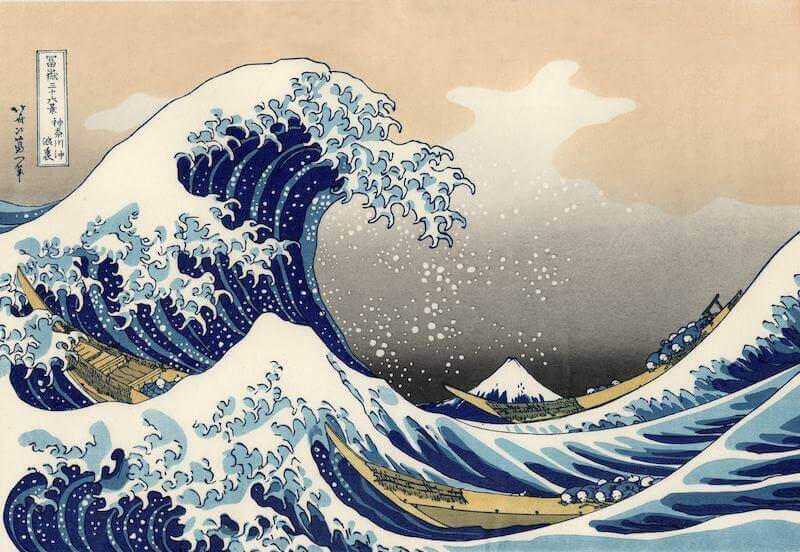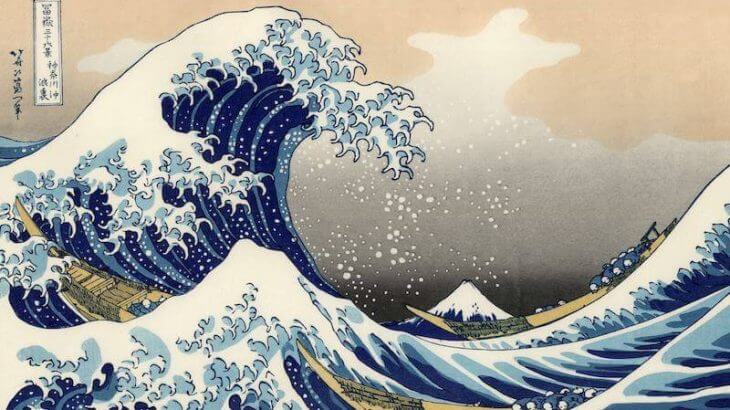
Tokyo Sushi is a Japanese dish made of small portions of sticky white rice flavored with vinegar, usually wrapped in seaweed and filled or topped with fish, vegetables or meat.
Though sushi is generally known around the world as a combination of fresh raw fish, this description only covers a single variant of Japanese sushi. This article discusses Tokyo sushi, its origin, and relevance.
Contents
The Origin
Sushi is originally a Southeast Asia dish which comprises of salted fish kept in fermented rice for as long as months or more. The addition of vinegar started in the Muromachi period (1336–1573) for the purpose of enhancing the taste and preservation. Sushi originated as a method of conserving fish in China in the fourth century BC.
It used to be a mixture of fish, vinegar, and rice, fermented for two days and the rice uneaten. This conservation method was later abandoned in China and adopted and maintained in Japan. In Tokyo during the mid-eighteenth century, the process was shortened. Nowadays the fresh fish is placed on balls of vinegar seasoned rice to make pieces that can be eaten immediately.
Sushi originates in a Southeast Asian dish, known today as narezushi (“salted fish”), stored in fermented rice for possibly months at a time. Ever since this legendary element in Japanese cuisine has developed over time, and has its popularity spread around the world. The main base for the dish remains boiled vinegared rice but new ingredients are now included and they are a garnish, besides raw fish and seafood and vegetables.
Sushi was an integral part of Edo culture in the 1750s. It was called “Edomaesushi” which literally means Edo style.
Edomaesushi or Tokyo Sushi is usually saltier and generally tastier when compared to other Japanese cuisines. Contemporary Tokyo Sushi was introduced by Yohei Hanaha in the Tokyo area in 1799.
It was initially made for people who were extremely busy and needed food almost instantly. By 1805, Tokyo sushi was considered a cuisine that could be eaten instantly in public. Traditional late night sushi restaurants became popular in Tokyo in the 1900s through the menu varies slightly when compared to today’s Tokyo sushi.
Sushi in the United States
Though Americans were initially resistant to Japanese food and culture, the popularity of Japanese cuisines the United States grew in the early 19th century. However, the popularity of Tokyo sushi was dwindled by the wave of anti-Japanese sentiments.
After World war II, most Japanese restaurants in the United States were closed and sold. A couple of decades after the war, sushi restaurant began to flourish again in the US. Kawafuku sushi bar in the Little Tokyo neighborhood of Los Angeles is notably the first true Tokyo sushi restaurant in the United States it was established in 1960.
Interestingly, there are over 4,000 sushi restaurants across the United States today. According to Craig Claiborne, Tokyo sushi became a trend in New York after two establishments opened in 1963.
Although the consumption of raw fish has been a common trend in Japan for over two centuries, the practice was modified with the Advent of better means of preservation.
Contrary to old means of sushi preservation such as immersion in broth or soy sauce and citrus, refrigeration improves the shelf-life of sushi as well as its sales. As the preservation techniques improved, vinegar was added to the rice and the salted raw fish was eaten along with vinegared rice.
Tokyo sushi Types
There are two main types of sushi; the nigiri and the maki. The former consists of a mound of vinegared rice topped with some hot horseradish wasabi (a Japanese condiment) and a slab of any fish (this is dependent on your choice of fish).
Maki sushi, on the other hand, is a cylinder of rice wrapped in nori seaweed with a morsel of fish or another filling in the middle.
Health Benefits of Sushi
Sushi is rich in Omega 3 fatty acids which are partly linked to improved cholesterol levels, lower blood pressure and decreased risk of cardiovascular disorders.
Tokyo sushi is a good source of protein with low saturated fat content. The thin sheets of nori seaweed used in making sushi are a good source of minerals and antioxidants. Other impressive health benefits of Tokyo sushi include weight loss and hormonal balance.
To enjoy sushi
– Leave the preparation of sushi to sushi chefs (Itamae) as they are highly trained to handle uncooked fish. Self-prepared sushi has been observed to get contaminated easily.
With an in-depth understanding of what sushi really is, you are set to have that memorable sushi meal.
